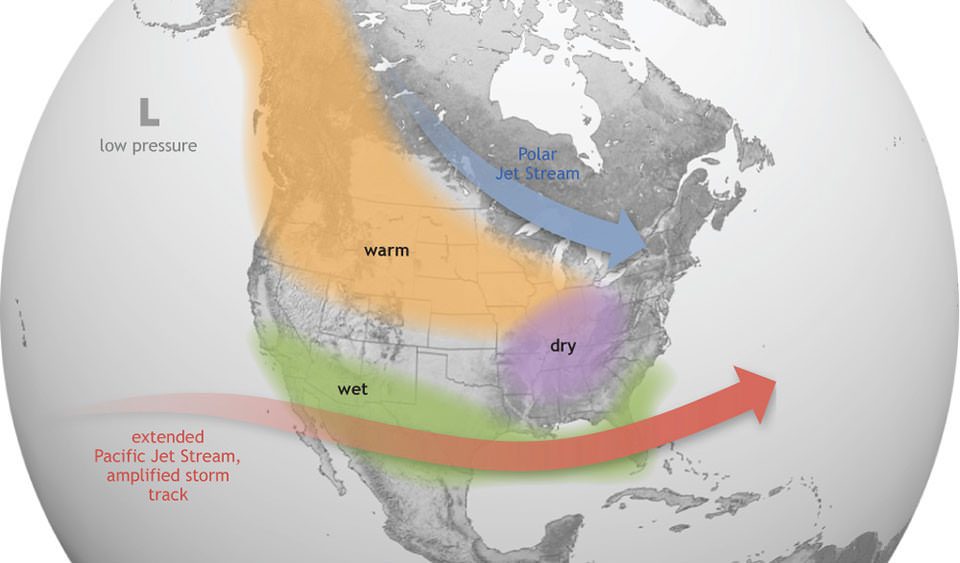Nearly Double the Acreage for California Rice Farmers This Year
California rice farmers are celebrating a robust harvest, thanks largely to water availability, according to Tim Johnson, President and CEO of the California Rice Commission. Johnson expressed his satisfaction, stating, “We had a year where we had adequate water and could plant really a full crop of rice almost twice what we planted last year. So, the industry is really happy. Farmers are having a good year.”



